An on-chip multi-wavelength IR sensor that can measure the thermal spectrum of matter.


An on-chip multi-wavelength IR sensor that can measure the thermal spectrum of matter.

Canada invests in technologies that can help realize its economic and environmental goals, while providing low carbon fuels to consumers.

A photosensitive hydrogel has shown promise in healing spinal cord injuries.
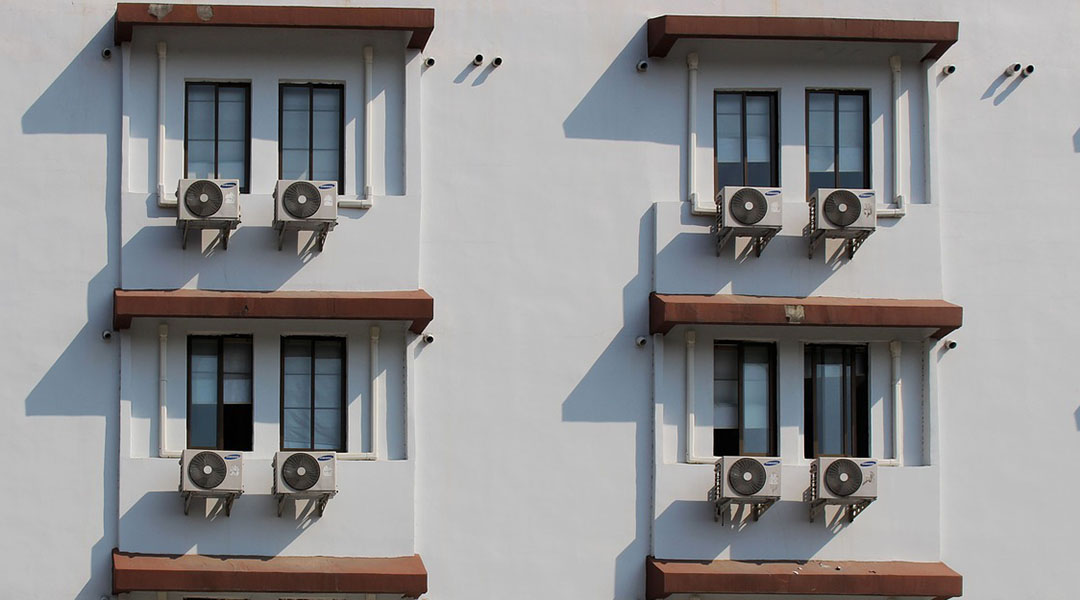
Researchers propose using air-conditioning and ventilation systems for decentralized production of carbon-neutral synthetic fuels.
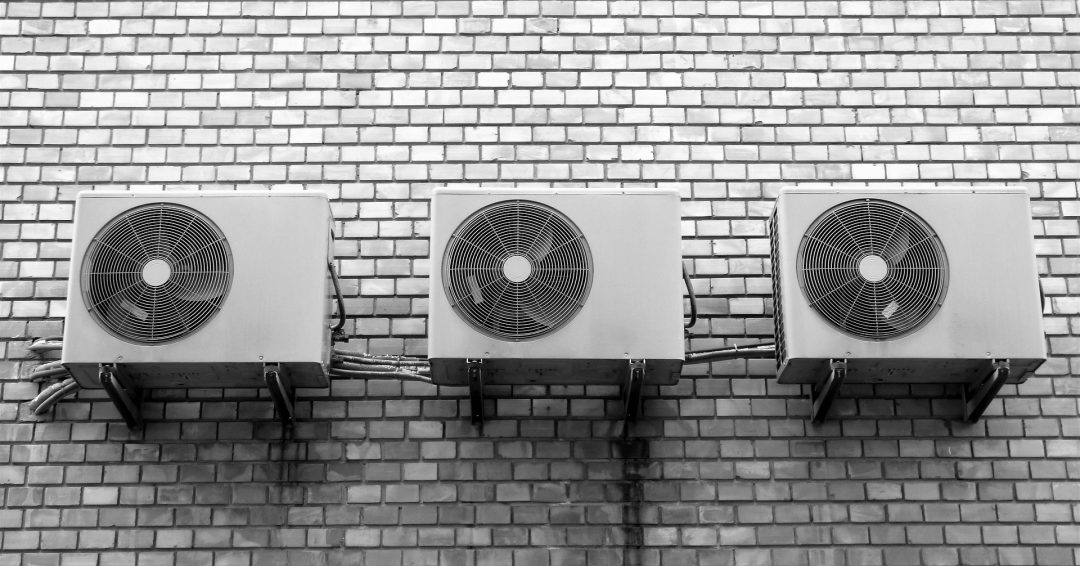
Using air conditioning systems for the production of synthetic fuels.

Carbon dioxide photocatalysis, a new future with three fundamental questions, how do we optimize photonic efficiency, how should we scale, and what should we make?
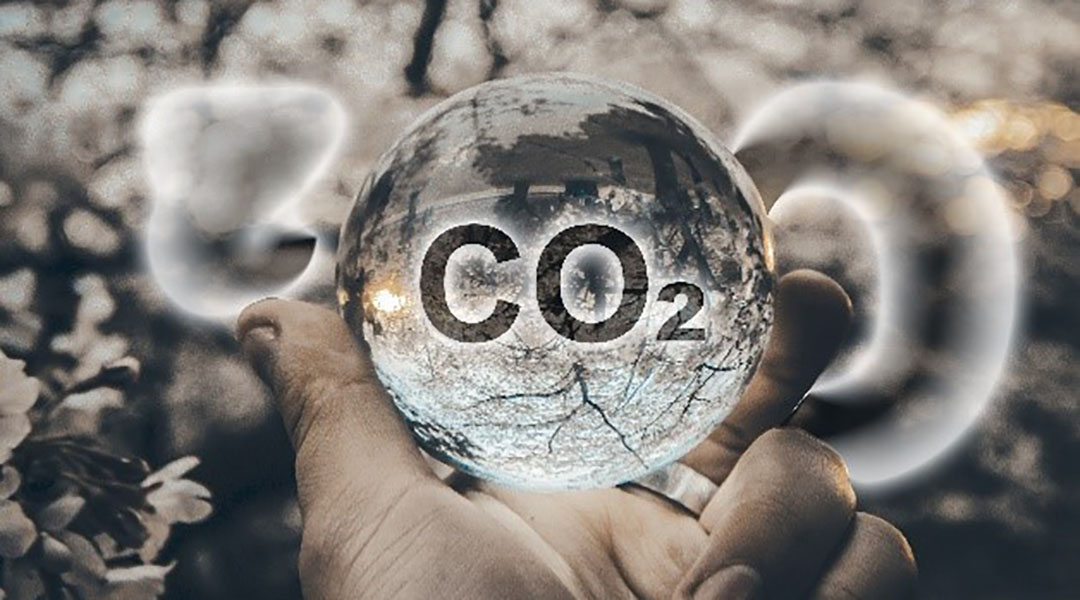
Researchers at the University of Toronto discuss the origins and advances of carbon dioxide photocatalysis.
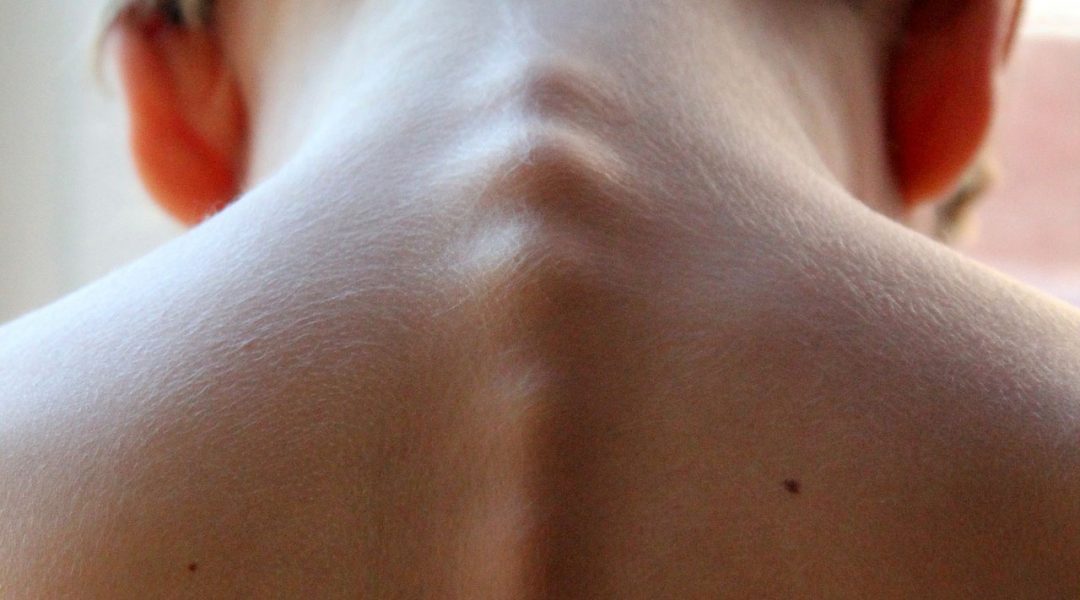
An electrospun hydrogel scaffold shows promising results for regeneration of the spinal cord following injury.
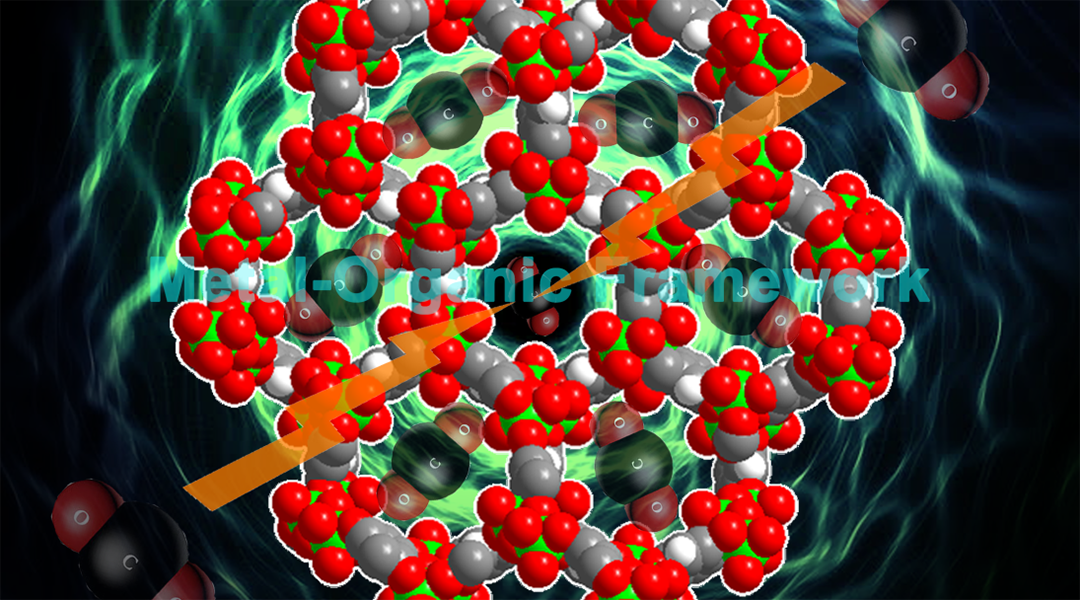
MOF‐based carbon dioxide capture urgently needs evaluation of engineering and process design to meet industrial standards.
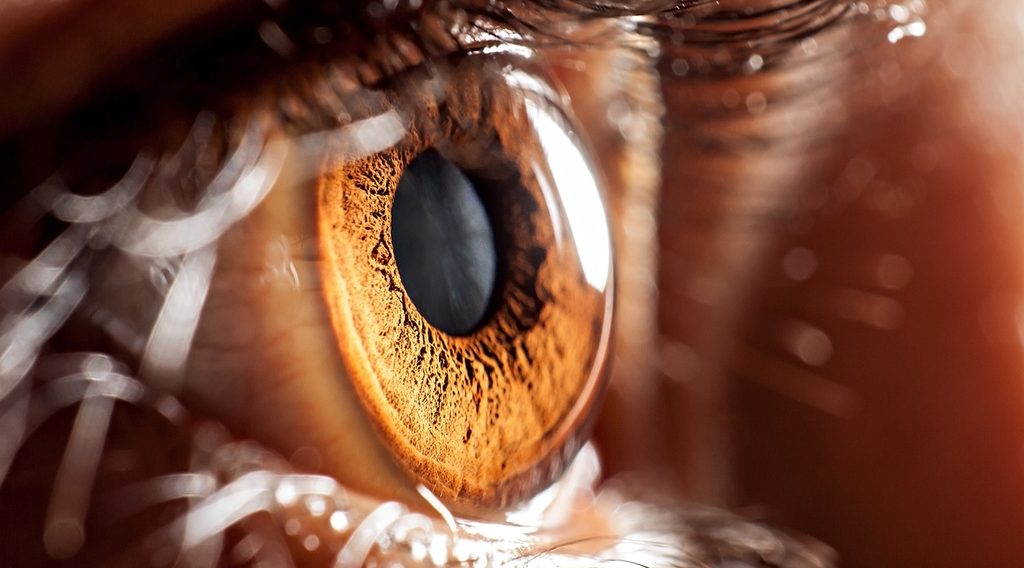
An atypical, low‐power, atmospheric pressure plasma source for application in plasma medicine.